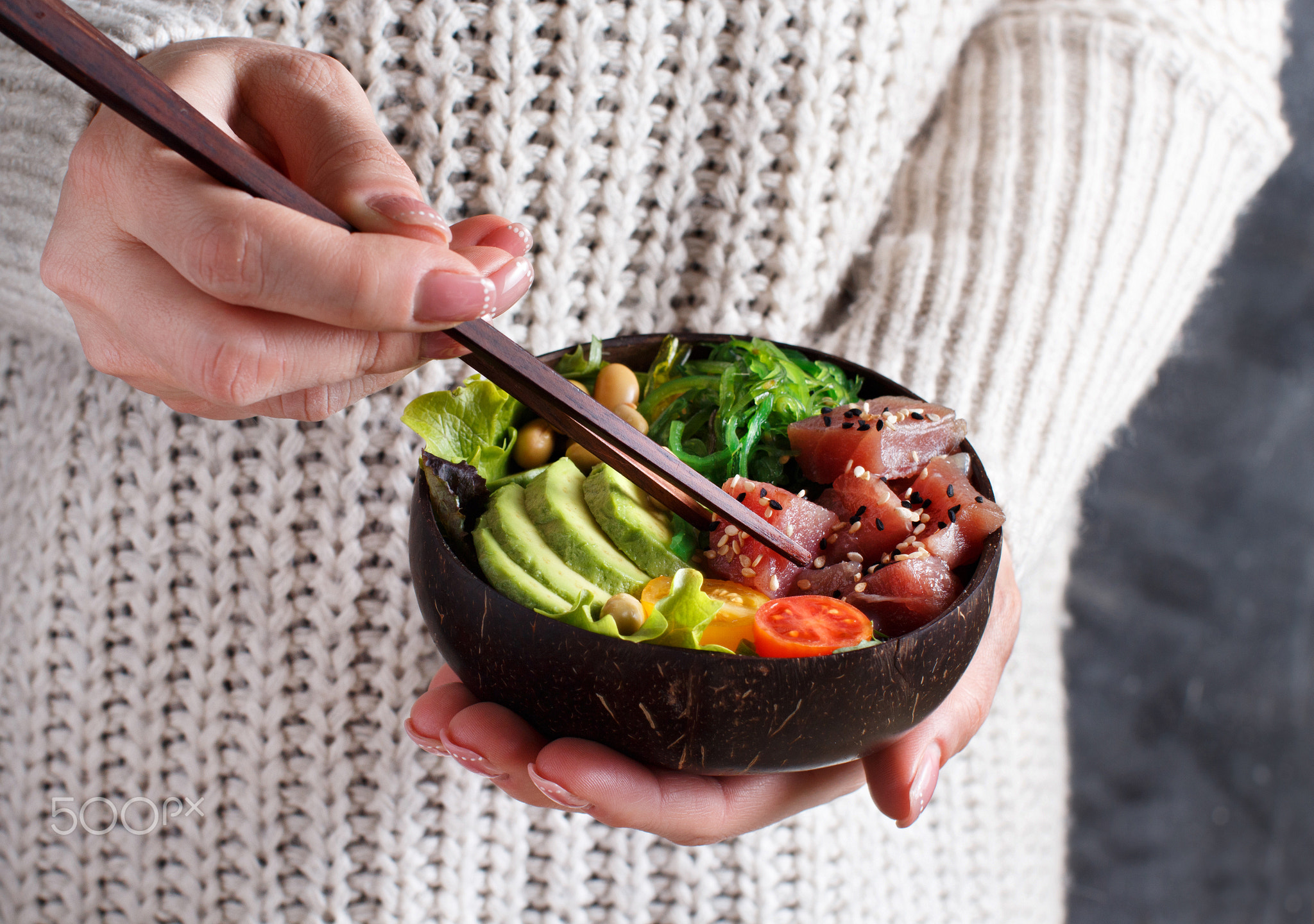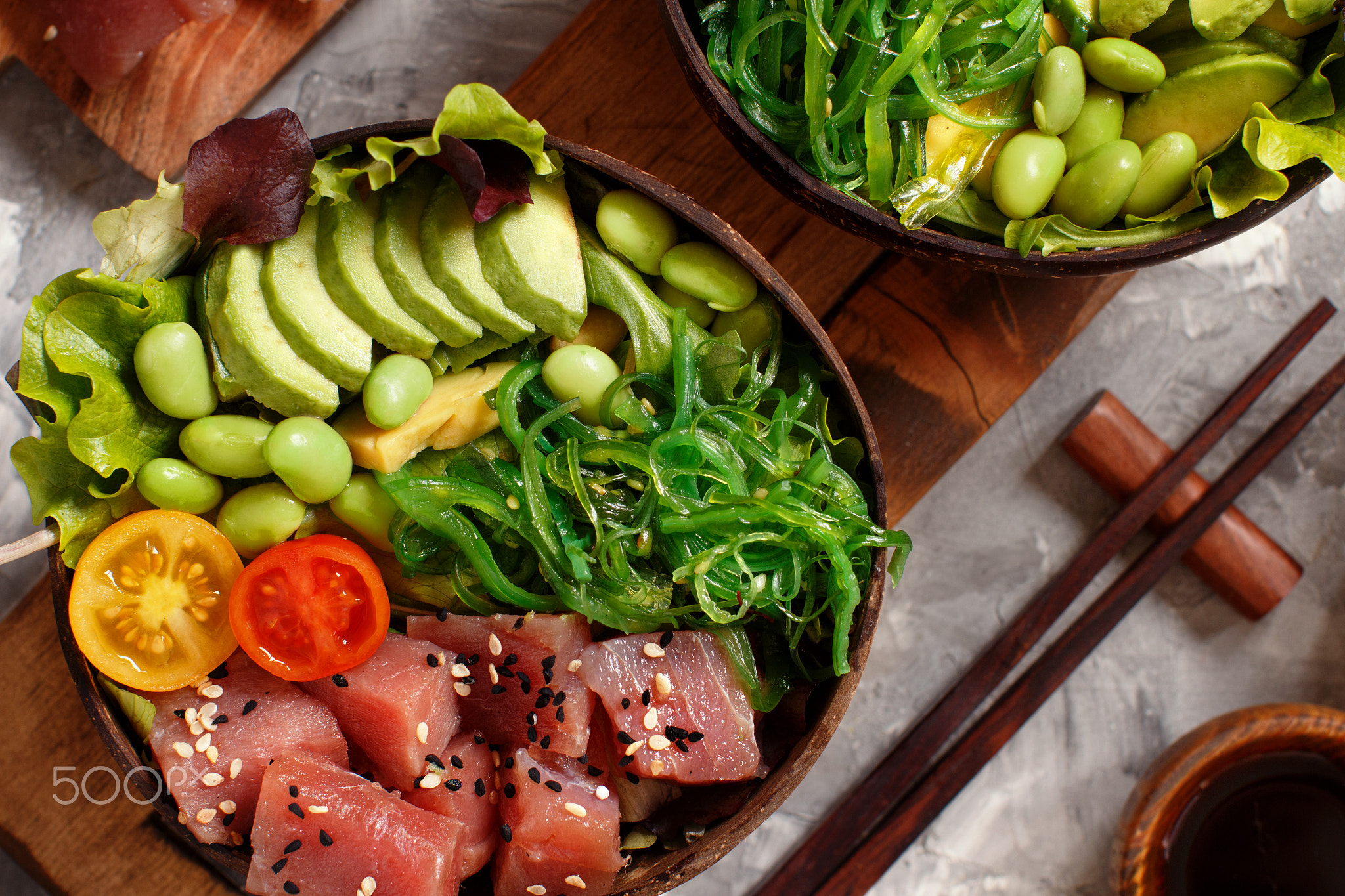The Environmental Impact Of Tuna Fishing And Your Tuna Salad
The Environmental Impact Of Tuna Fishing And Your Tuna Salad
Overfishing and Stock Depletion
Impact on Tuna Populations
Overfishing is a serious threat to tuna populations worldwide. It happens when fish are harvested at a fee faster than they will reproduce, leading to a decline within the inhabitants size and overall well being of the ecosystem.
Tuna shares are notably susceptible to overfishing due to their slow progress charges and lengthy lifespans. Once a tuna inhabitants is depleted, it could possibly take decades or even centuries to recover.
The impression of overfishing on tuna populations is important. It can lead to:
- Reduced reproductive capacity
- Altered age structure of the population
- Increased susceptibility to disease
- Reduced genetic diversity
Overfishing of tuna additionally has a ripple effect on other marine life. Tuna are apex predators, which means they’re at the top of the food chain. When tuna populations decline, it could result in an increase within the populations of their prey species, corresponding to sardines and anchovies. This can disrupt the entire marine ecosystem.
There are numerous things that can be done to deal with the issue of overfishing. These embrace:
- Reducing fishing effort
- Implementing sustainable fishing practices
- Establishing marine protected areas
- Enforcing fishing regulations
- Raising awareness about the issue
By taking motion to handle overfishing, we may help to protect tuna populations and guarantee the health of our oceans for future generations.
Threat to Marine Ecosystems
Overfishing and Stock Depletion: A Threat to Marine Ecosystems
Overfishing is the practice of catching fish at a rate that exceeds their pure capacity to reproduce. This can lead to inventory depletion, which is when the number of fish in a population falls under a level that can help a sustainable fishery.
Overfishing is a serious threat to marine ecosystems. It can disrupt the food chain, as fish are an necessary food supply for other marine animals. It can even result in habitat degradation, as overfishing can harm coral reefs and different marine habitats.
There are a variety of components that may contribute to overfishing, together with the usage of fishing gear that’s too efficient, the concentrating on of fish that are slow to breed, and the lack of efficient fisheries management.
Stock depletion is a major problem that can have a devastating influence on marine ecosystems. It can lead to the collapse of fisheries, the loss of biodiversity, and the degradation of marine habitats.
There are a quantity of things that can be carried out to address the issue of overfishing and inventory depletion. These embody:
- Using more selective fishing gear
- Targeting fish that are faster to reproduce
- Implementing effective fisheries management measures
- Reducing the demand for fish
By taking these steps, we can help to guard marine ecosystems and guarantee the sustainability of our fisheries.
Bycatch and Marine Biodiversity
Unintentional Capture of Non-Target Species
Bycatch is the unintentional capture of non-target species throughout industrial fishing operations. In tuna fishing, bycatch can include all kinds of marine organisms, together with sharks, dolphins, turtles, and seabirds.
Bycatch can have a major influence on marine biodiversity. Overfishing and bycatch are two of the most critical threats to marine life. Bycatch can deplete populations of non-target species, disrupt food chains, and harm marine ecosystems.
There are a selection of measures that might be taken to scale back bycatch in tuna fishing. These embody utilizing extra selective fishing gear, such as circle hooks and gillnets, and avoiding fishing in areas the place non-target species are known to be current.
Consumers can even play a task in decreasing bycatch by selecting to purchase tuna from fisheries that use sustainable fishing practices.
Endangered Species and Protected Areas
Bycatch in tuna fishing poses a significant risk to marine biodiversity. Millions of non-target species, including dolphins, sea turtles, sharks, and seabirds, are by accident caught and killed in tuna nets annually.
Overfishing and bycatch contribute to the decline of endangered species. Several tuna species, similar to bluefin tuna, are listed as endangered or critically endangered by the International Union for Conservation of Nature (IUCN).
Protected areas, corresponding to marine reserves and sanctuaries, play a vital function in safeguarding marine biodiversity and endangered species by limiting fishing actions and providing refuge for marine life.
Habitat Destruction and Pollution
Coral Reef Damage by Fishing Gear
– Habitat Destruction and Pollution
– Coral Reef Damage by Fishing Gear
Plastic Pollution and Marine Debris
Habitat Destruction and Pollution
Fishing for tuna can have a big impact on the marine surroundings, together with habitat destruction and pollution.
Tuna are sometimes caught using giant nets, which may harm coral reefs and different delicate habitats. These nets also can entangle and kill other marine life, corresponding to dolphins, turtles, and sharks.
In addition, fishing vessels can release pollution into the ocean, similar to oil, diesel fuel, and sewage. These pollution can harm marine life and harm the marine ecosystem.
Plastic Pollution
Tuna Salad Avocado fishing additionally contributes to plastic air pollution in the ocean. Tuna are often caught using plastic nets and contours, which can break down into small pieces and be ingested by marine life.
Plastic air pollution can have a variety of negative impacts on marine life, together with:
- Ingestion: Marine animals can ingest plastic particles, which might block their digestive tracts and result in hunger.
- Entanglement: Marine animals can turn out to be entangled in plastic debris, which can prohibit their movement and trigger damage or demise.
- Toxic Chemicals: Plastic particles can take up toxic chemicals from the ocean, which may then be handed up the food chain to marine animals and people.
Marine Debris
Marine particles is any type of human-made waste that ends up in the ocean. In addition to plastic pollution, marine debris can include gadgets corresponding to metal, glass, and wood.
Marine particles can have numerous negative impacts on the marine environment, including:
- Entanglement: Marine animals can become entangled in marine debris, which might limit their movement and cause damage or death.
- Ingestion: Marine animals can ingest marine particles, which may block their digestive tracts and lead to hunger.
- Habitat Alteration: Marine particles can alter marine habitats, making them much less appropriate for marine life.
Sustainable Tuna Fishing Practices
Bycatch Reduction Technologies
– Use selective fishing gear, such as longlines and traps, that concentrate on tuna particularly and reduce bycatch.
– Implement closed seasons and marine protected areas to protect tuna during critical life stages and spawning intervals.
– Utilize vessel monitoring systems (VMS) to trace fishing exercise and implement quotas.
– Promote accountable fishing practices, such as avoiding fishing in areas with high bycatch.
– Support research and improvement of bycatch reduction technologies, similar to circle hooks and turtle excluder devices.
– Encourage consumers to buy tuna from sustainable sources certified by organizations just like the Marine Stewardship Council (MSC).
– Advocate for policies and laws that promote sustainable tuna fishing practices.
Ecosystem-Based Management
Sustainable tuna fishing practices contain methods that reduce environmental impression and keep healthy tuna populations. These practices embody:
Selective fishing gear: Using gear that selectively targets tuna species and avoids bycatch of non-target species, corresponding to dolphins, sea turtles, and sharks.
Quotas and catch limits: Establishing quotas and limits on the amount of tuna that can be caught to stop overfishing.
Closed seasons and areas: Implementing time and area closures to permit tuna populations to recover.
Vessel monitoring systems: Using know-how to trace the placement and activities of fishing vessels to ensure compliance with laws.
Ecosystem-based management (EBM) takes under consideration the interconnectedness of marine ecosystems and aims to manage fisheries in a holistic way. EBM entails:
Considering the complete ecosystem: Monitoring and managing the cumulative influence of fishing and other human actions on marine ecosystems, including predators, prey, and habitats.
Adaptive management: Using suggestions from monitoring and research to regulate management measures as wanted to ensure the sustainability of each tuna shares and the broader ecosystem.
Stakeholder engagement: Involving fishers, scientists, environmental organizations, and other stakeholders in the improvement and implementation of management plans to make sure a balanced approach that considers each conservation and economic pursuits.
Marine Protected Areas
Sustainable tuna fishing practices focus on maintaining wholesome tuna populations whereas minimizing environmental impact.
Responsible fishing gears, similar to longlines and purse seines, selectively goal tuna, reducing bycatch.
Quotas and regulations control the amount and timing of fishing to prevent overfishing.
Marine Protected Areas (MPAs) are designated ocean areas the place fishing is restricted or prohibited.
MPAs present safe havens for tuna to spawn and replenish populations.
By establishing no-take zones, MPAs can protect crucial tuna habitats from fishing pressure.
Effective MPAs require strong enforcement and monitoring to stop unlawful fishing.
Responsible seafood consumers can assist sustainable tuna fishing practices by selecting dolphin-safe and eco-labeled products.
Eco-labels indicate that tuna has been caught utilizing methods that meet sustainability requirements.
By making knowledgeable buying decisions, customers might help drive demand for sustainably caught tuna and support the conservation of this valuable marine useful resource.
Consumer Choices
Sustainable Tuna Fishing Practices

- Use selective fishing gear: Avoid utilizing gear that catches non-target species, such as nets that kill dolphins.
- Fish in areas with healthy tuna populations: Choose fisheries that are managed to maintain sustainable ranges of tuna.
- Avoid overfishing: Support fisheries which have quotas and limits in place to prevent overfishing.
- Protect spawning grounds: Avoid fishing in areas the place tuna are spawning to make sure the survival of future generations.
- Monitor and enforce fishing laws: Support efforts to watch and implement fishing rules to make sure compliance and accountability.
Consumer Choices
- Choose sustainable tuna brands: Look for tuna brands which are certified by sustainable organizations, such as the Marine Stewardship Council (MSC).
- Opt for line-caught tuna: Line-caught tuna is typically extra sustainable than tuna caught using nets.
- Check the label: Pay consideration to the origin of the tuna and the fishing technique used.
- Reduce consumption: Limit your consumption of tuna to make sure the long-term sustainability of tuna populations.
- Support sustainable fisheries: Choose to buy tuna from fisheries which are dedicated to sustainable practices.

Recent Posts
- How To Make Keto Pancakes That Are Dairy-Free
- The Most Unconventional Ways To Eat Egg Salad And Avocado
- How To Make A Gluten-Free Crustless Quiche
- Why Some People Experience Digestive Issues With Keto Pancakes
- The Role Of Avocado In Enhancing The Nutritional Profile Of Egg Salad
- How To Reheat Crustless Quiche Without Drying It Out
- How Keto Pancakes Can Be Used In Savory Dishes
- The Best Ethical And Sustainable Avocado Sources For Egg Salad
- How To Make A Crustless Quiche With A Custard-Like Texture
- The Most Common Mistakes People Make When Preparing Egg Salad And Avocado
- Creative Ways To Use Keto Pancakes Beyond Breakfast
- How Egg Salad And Avocado Became A Popular Workplace Lunch
- Crustless Quiche As A Breakfast Meal Prep Solution
- The Best Keto Pancake Toppings That Aren’t Syrup
- The Unexpected Benefits Of Eating Egg Salad And Avocado Together
- Crustless Quiche And Gut Health: How It Can Help Digestion

